You’ve added a beautiful birdbath to your lawn, garden, or yard, but the birds aren’t coming—what gives? Perhaps you’ve waited days, weeks, or even months to see any action, but so far nothing. What are you doing wrong—if anything? Not to worry: we’ve compiled the six most common reasons birds won’t visit a birdbath, and easy fixes for each of them.
The Birdbath Isn’t in the Right Place
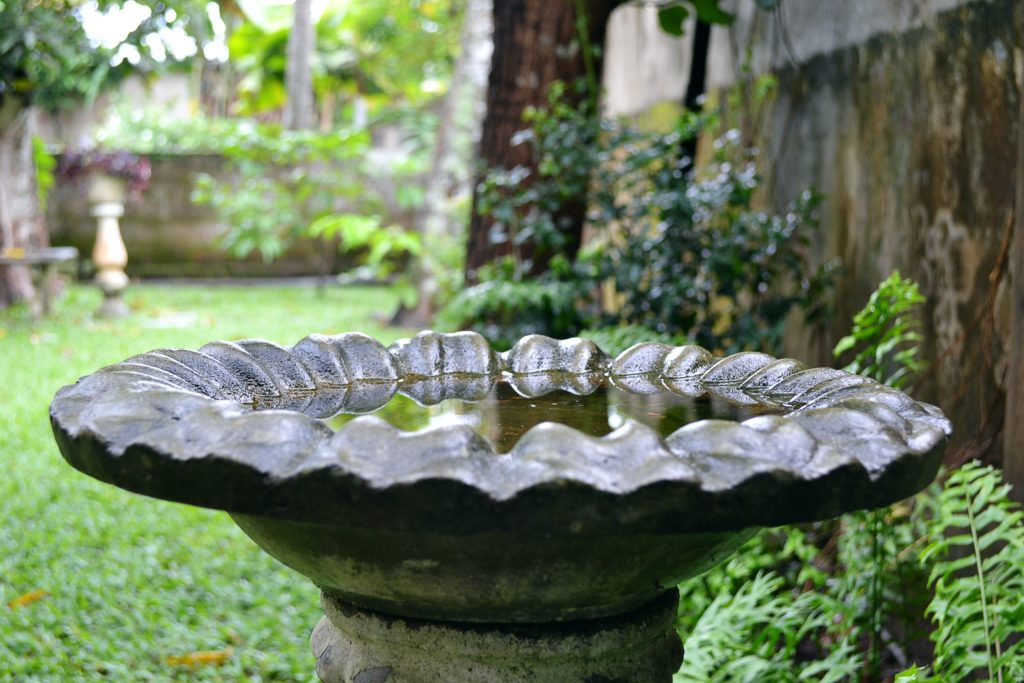
Much like we as humans look for convenient watering holes, birds are looking for easy—and safe—places to wet their beaks and bathe. If your birdbath is out in the open, with no cover or brush nearby, it’s too risky a place for birds to use as a rest stop. After all, they need to be able to duck and cover should a predator like the neighborhood cat comes near. Instead, think about moving your birdbath beside a bush or a tree so that birds can have somewhere close by to fly to in case of emergency.
The Water is Too Deep
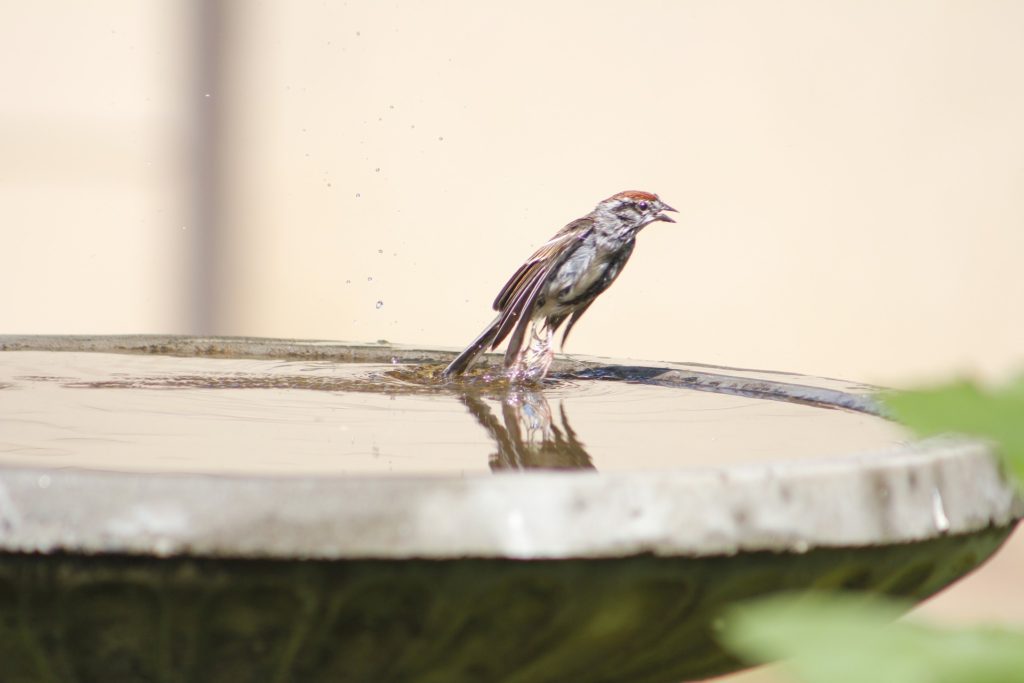
Birds can drown in deep water, so they’re cautious for a reason. Never fill your birdbaths to the brim, but instead keep them nice and shallow—two inches or less is ideal. While you’re at it, try to get a birdbath bowl that is designed with a gradual incline towards the center—like our Hummingbird Birdbath—as birds like to wade into the water. Adding a large rock or sticks will also give birds a place to perch as they drink and navigate the birdbath.
The Water Is Stagnant
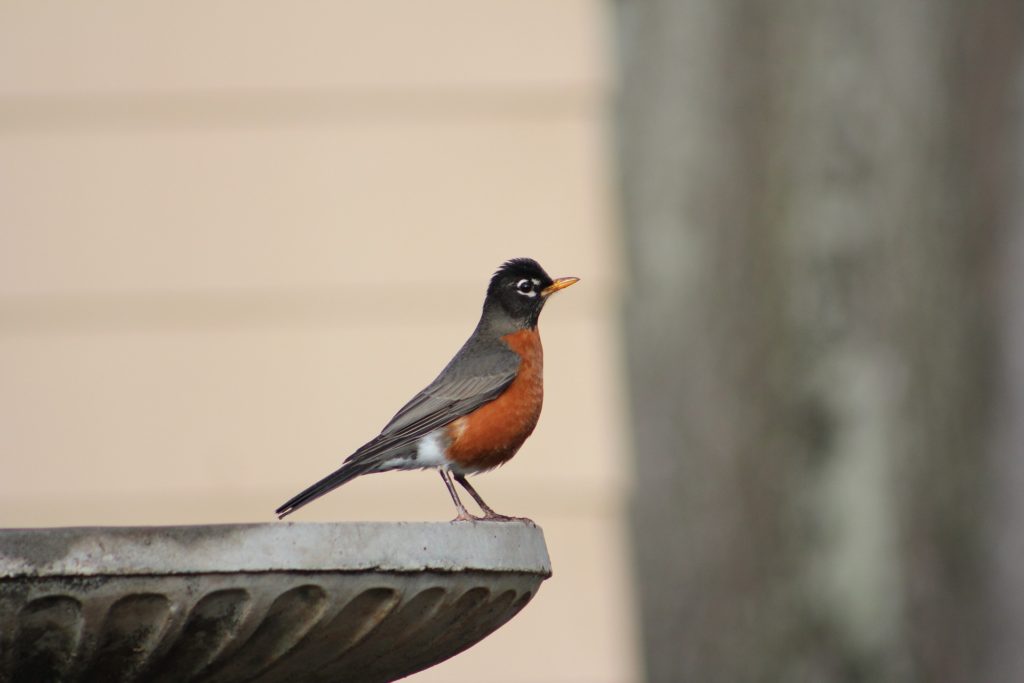
Nothing gets a bird’s attention like a steadily moving stream or babbling brook. Birds find water sources in nature the same way they will find your birdbath—through the sight and sound of moving water. It doesn’t have to be a gushing torrent to get them to notice. A fountain or solar bubbler will do the trick—plus the sight and sound will be soothing to you as well. You can relax and watch as the birds fly in.
The Water is Too Warm, or is Frozen

You wouldn’t want to take a scalding hot or freezing cold shower, would you? Birds are also looking for that sweet spot when it comes to water temperature. Try placing your birdbath in full or partial shade, especially for those dog days of summer when heat is intense. The cooler water will help bring a bird’s body temperature down, and the shade will prevent the water from evaporating as quickly and slow the growth of algae. In the winter months, you can keep birdbath water from freezing with a heated birdbath, complete with thermostatically controlled power and a design that doesn’t crack in cold weather.
The Birdbath is Too Dirty
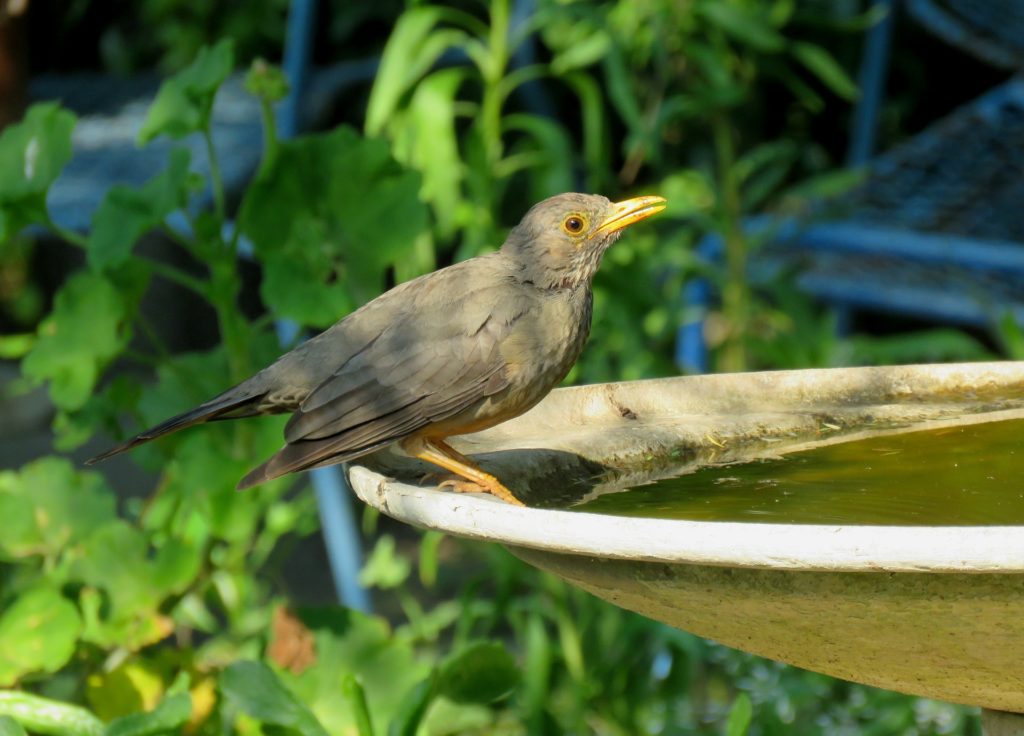
From algae to insects to bird droppings, birdbath water can get dirty quickly. Not only should you change your birdbath every other day (and sometimes more often, depending on the weather), but it’s also important to clean your birdbath regularly. We recommend a cleaning frequency of every two to four days. The National Audubon Society suggests using a vinegar and water solution instead of a soap or detergent, which will strip a bird’s feathers of essential oils. Keeping your birdbath clean and the water fresh will not only attract birds, but will give them a clean, disease-free place to drink and wash.
Your Yard Isn’t Bird Friendly
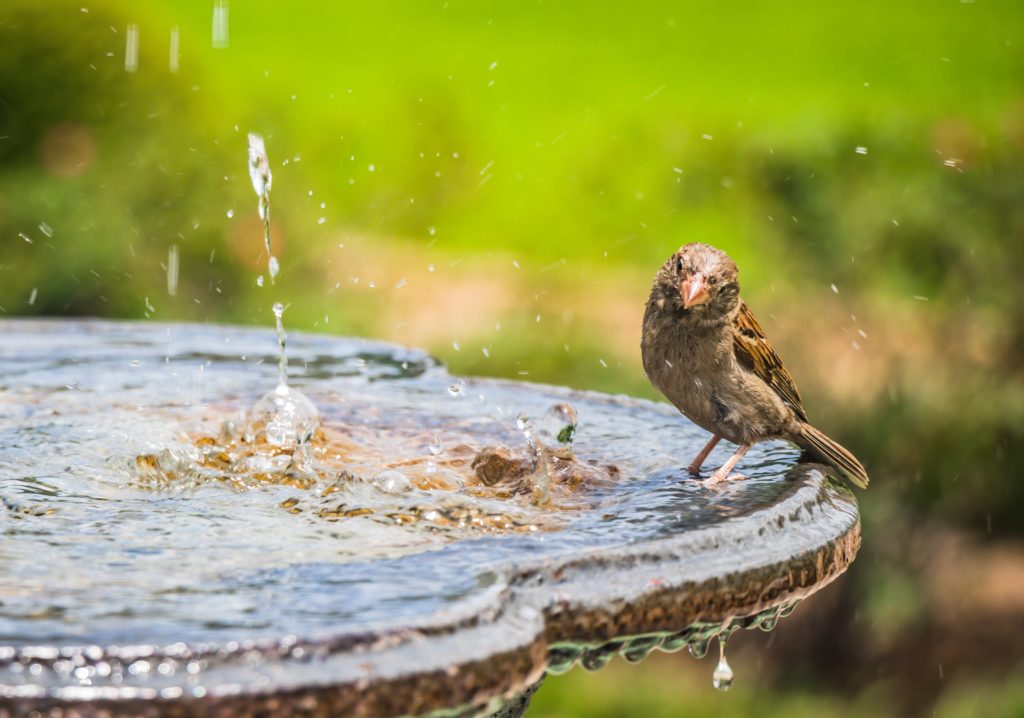
Birds aren’t just searching for water—they’re looking for food, shelter, and nesting spots. While offering a birdbath is a great way to support our declining bird population, why not give the birds more reasons to visit your yard? There are many easy ways to make your yard more bird friendly. You could start growing native plants that offer places to nest and bird-favorite food like berries, nuts, and seeds. Hang one or more bird feeders filled with high-energy food to fuel birds during winter and nesting seasons. Mount a nesting box or bird house so they have a place to rest and raise their young. The more hospitable a host you are, the more birds you will attract!
New to Backyard Birding? Check Out These Free Virtual Events

Are you curious to learn more about your local birds? Want tips on how to attract more birds to your yard? Watch Chirp’s Virtual Bird Walks and Talks and How-To Series live—and for free!—on Facebook, Zoom, or YouTube. Check out our upcoming calendar of events here.



One comment
Watching our birds take their baths on our deck has lifted our spirits during this pendemic. We have a solar bubbler in a large, shallow garden pot saucer. We have lots of birds of different varieties and love watching them. Our gold finches love nyjer bird feed.